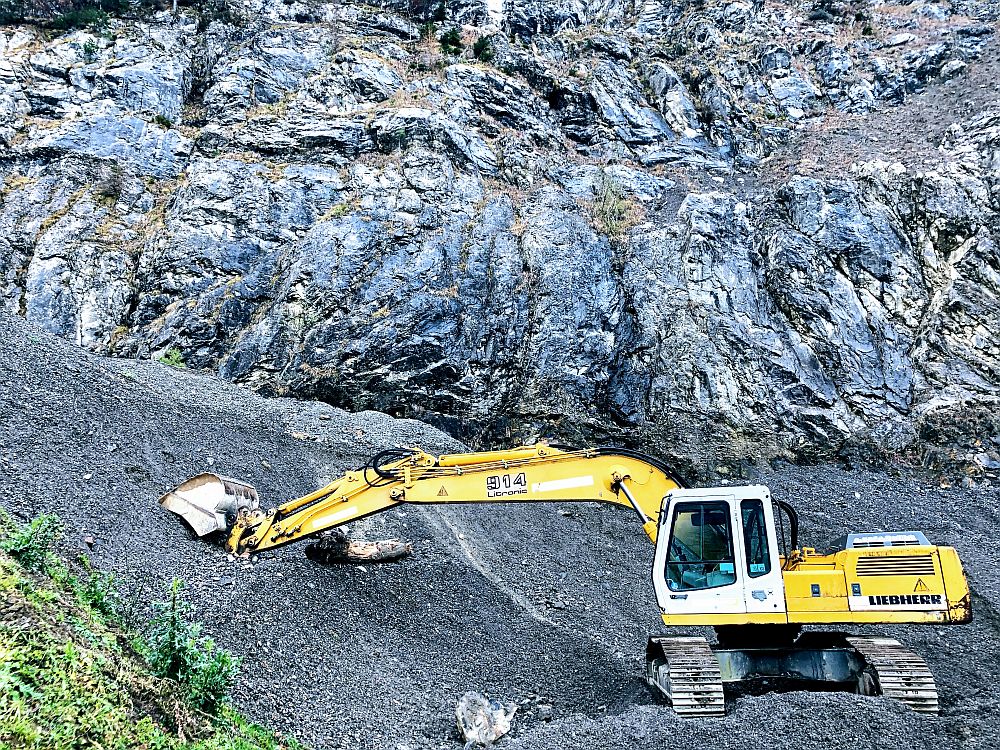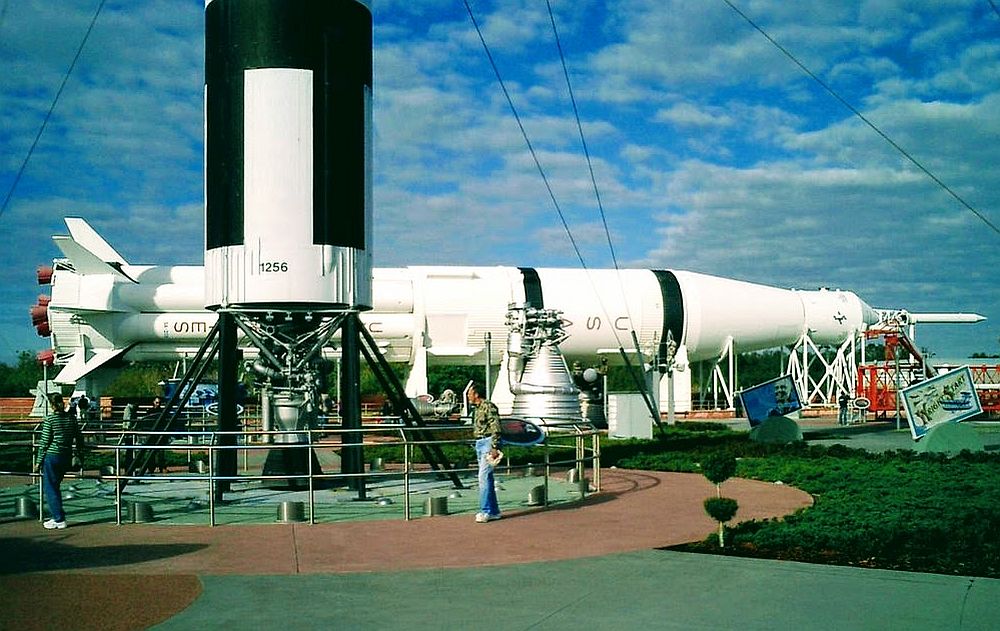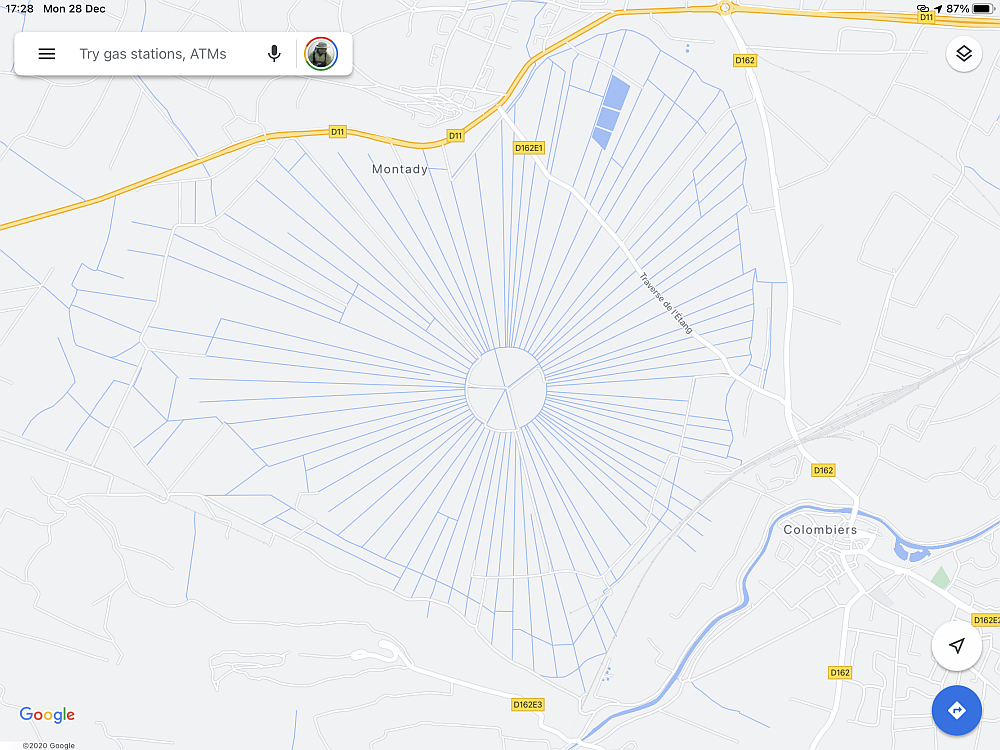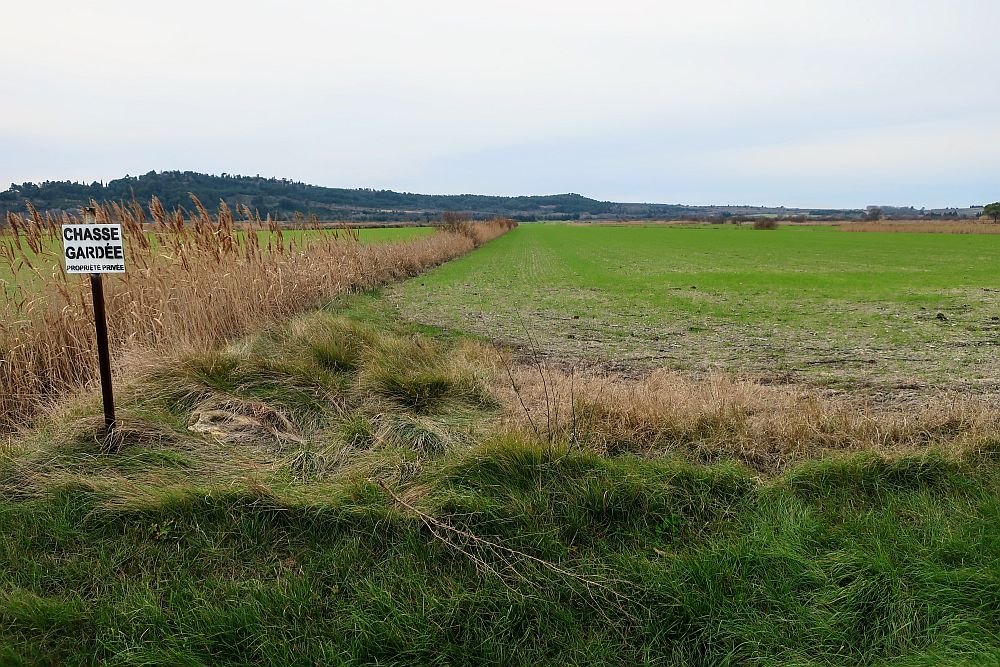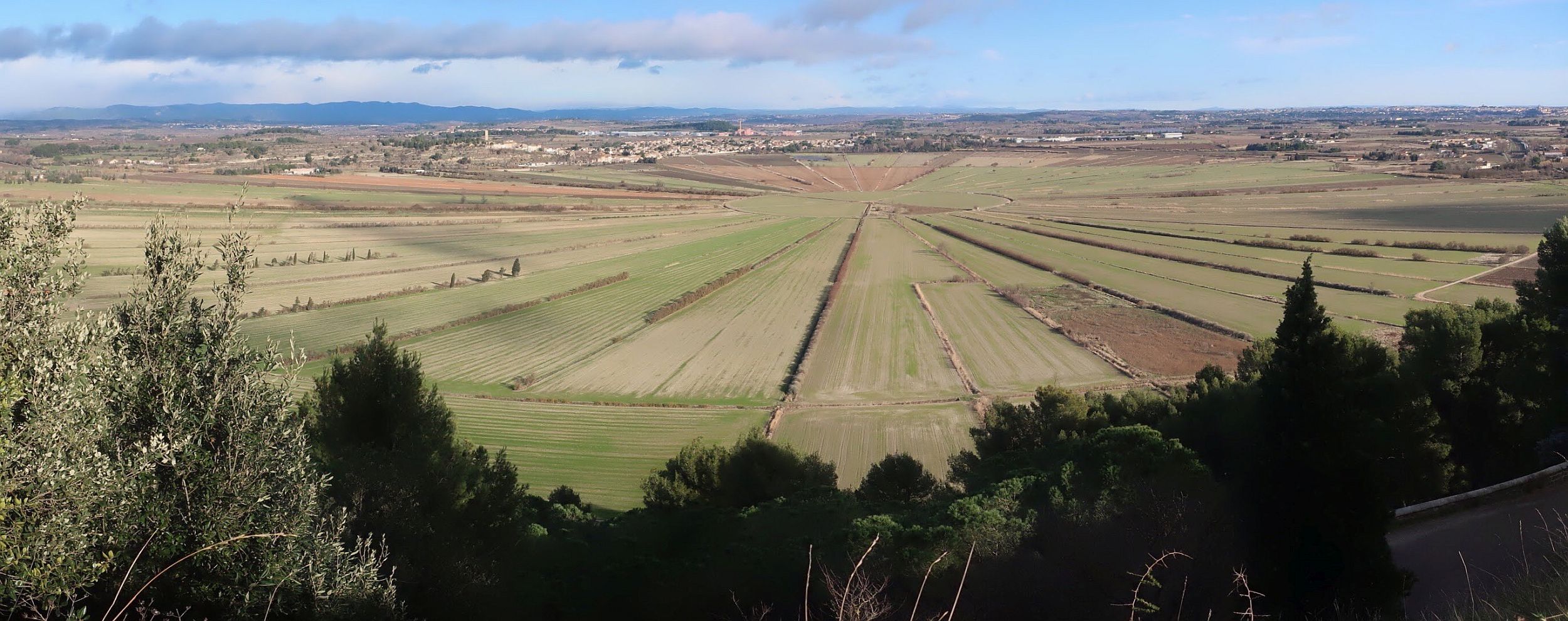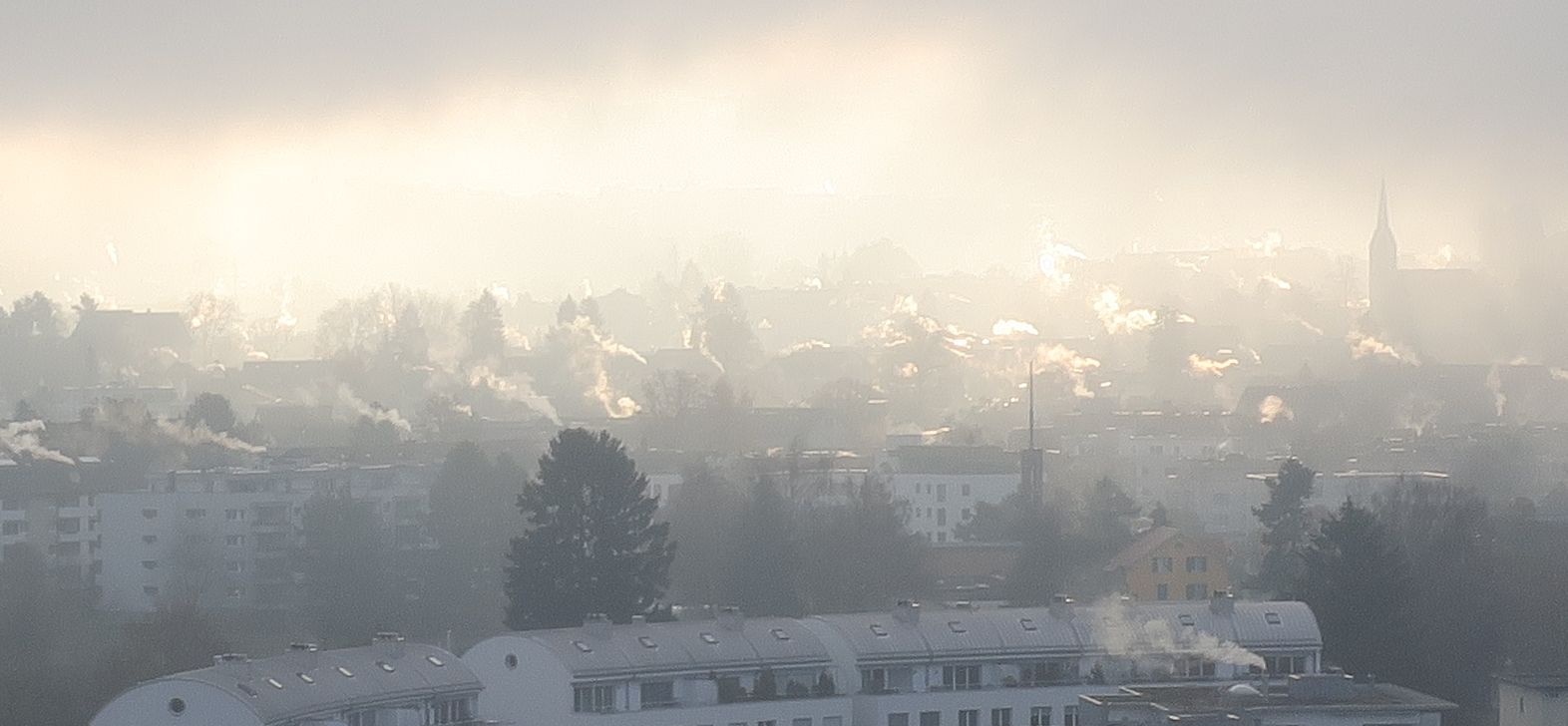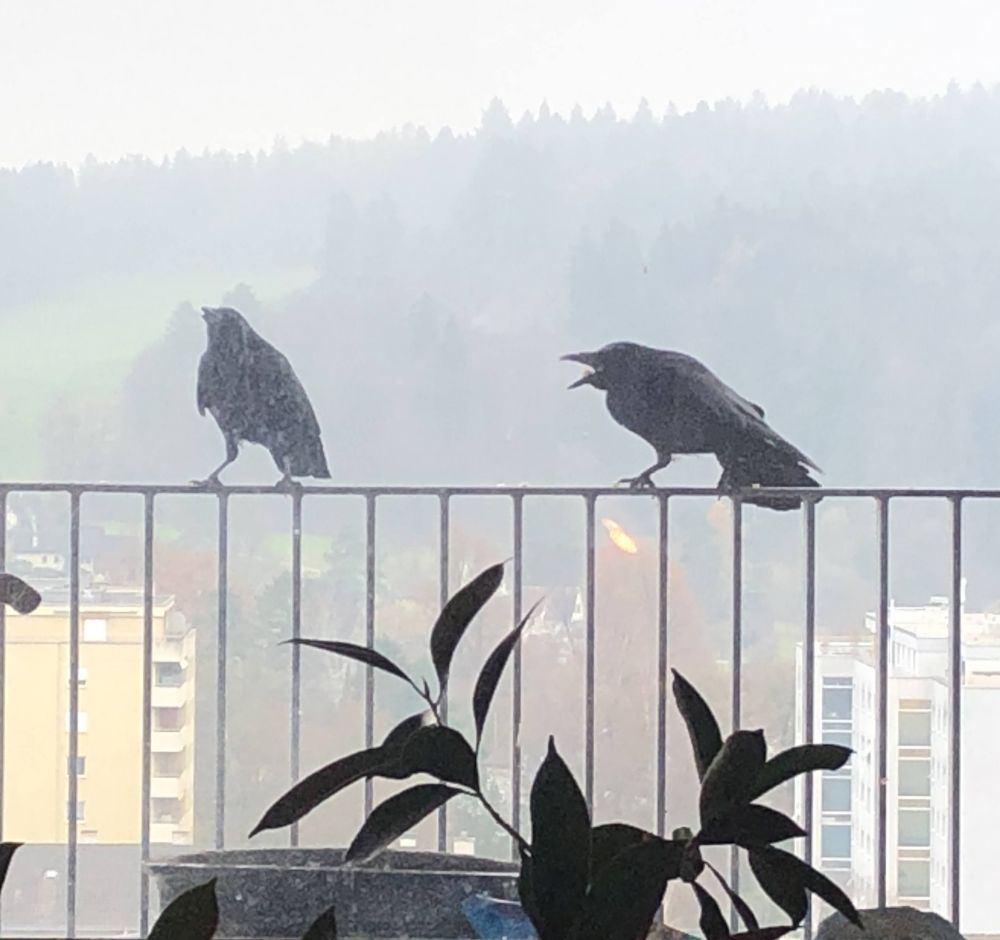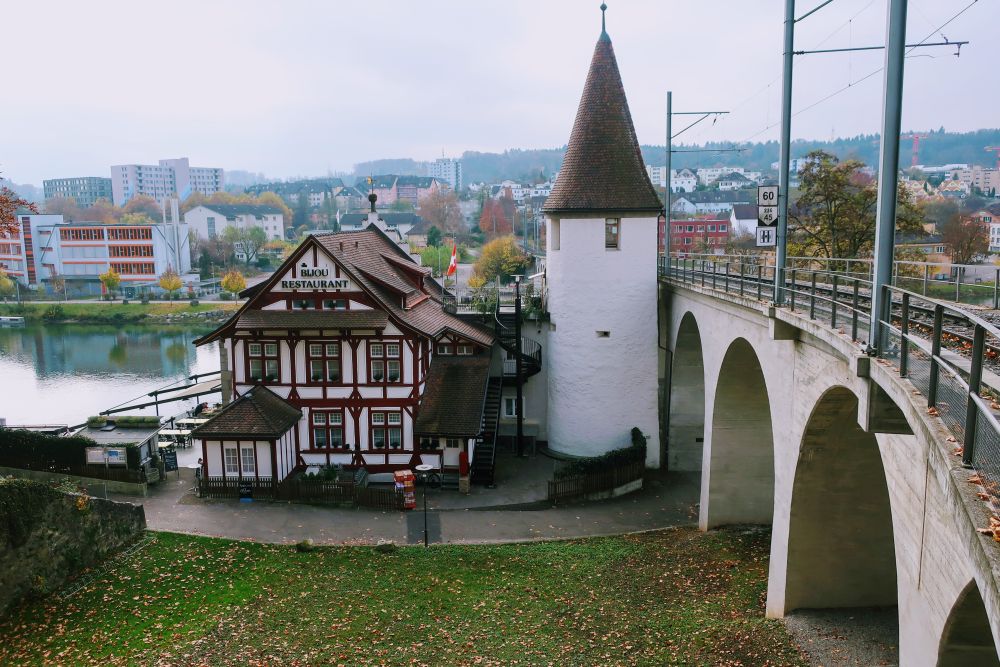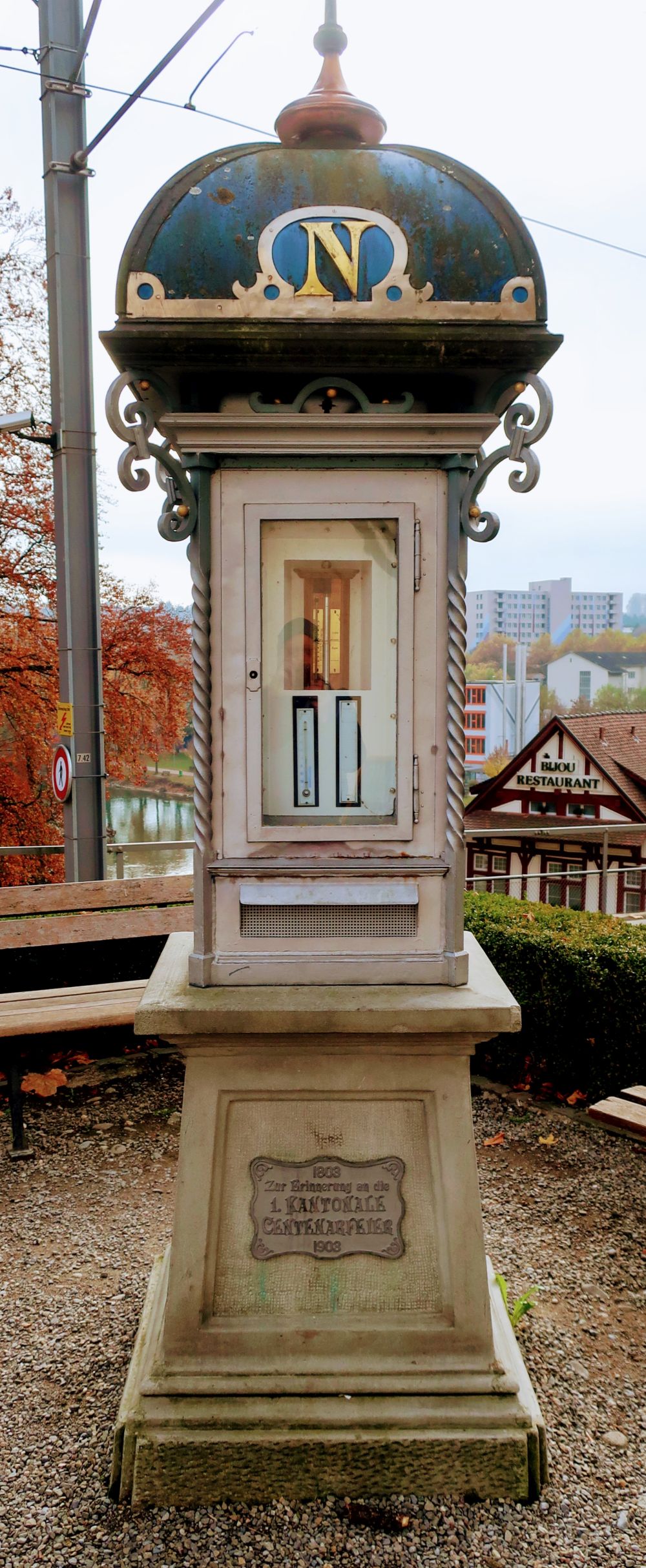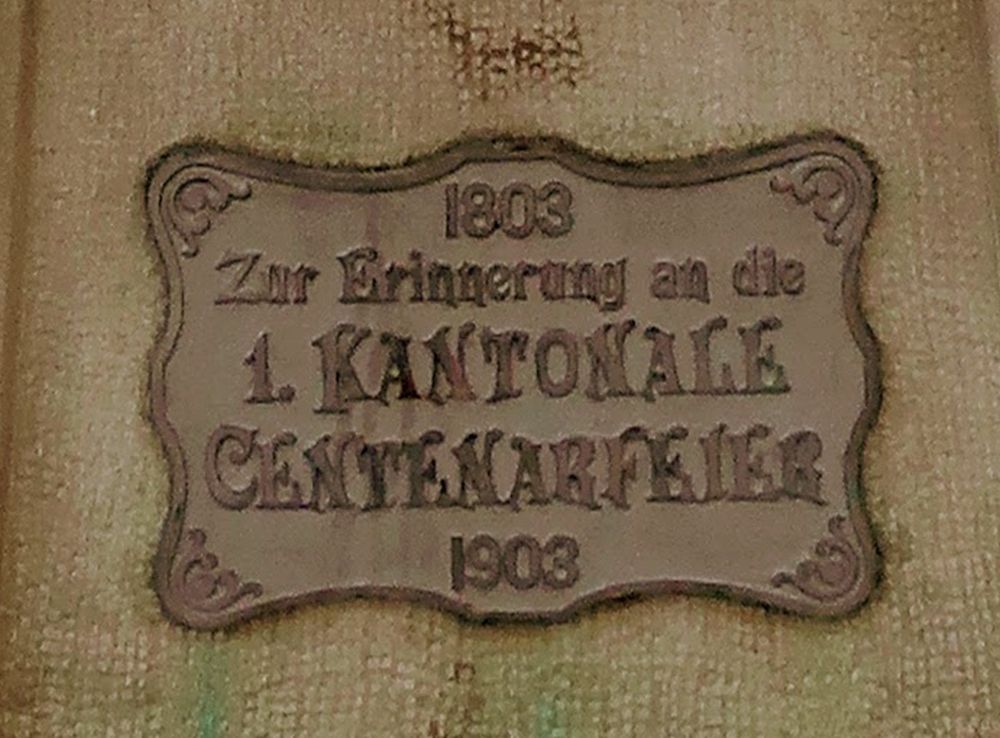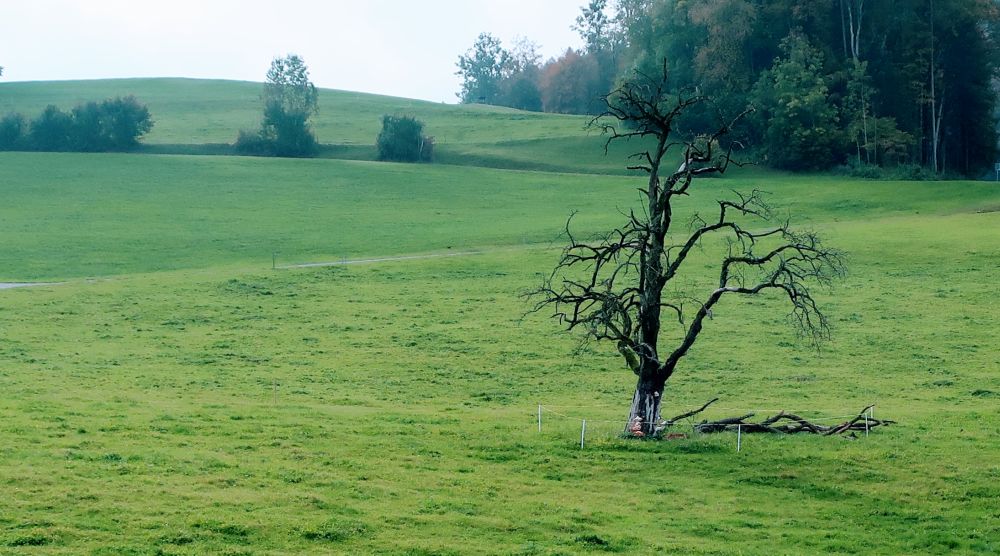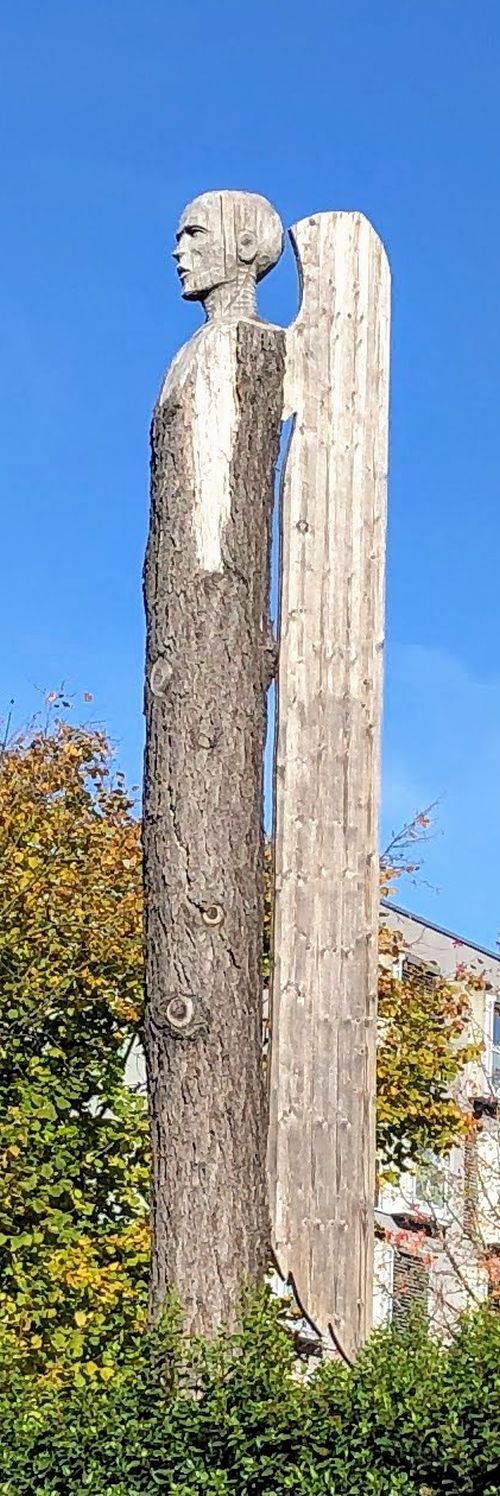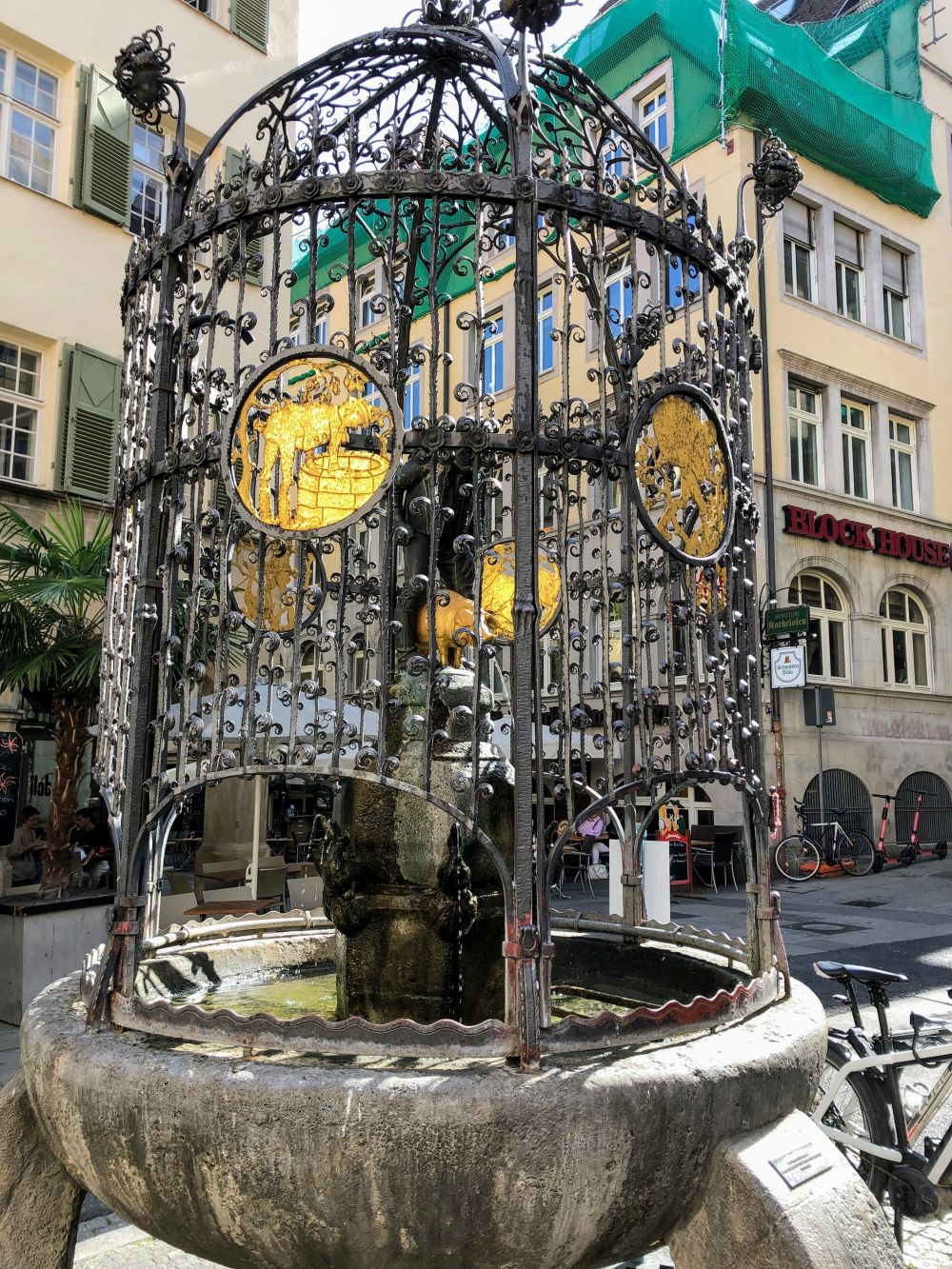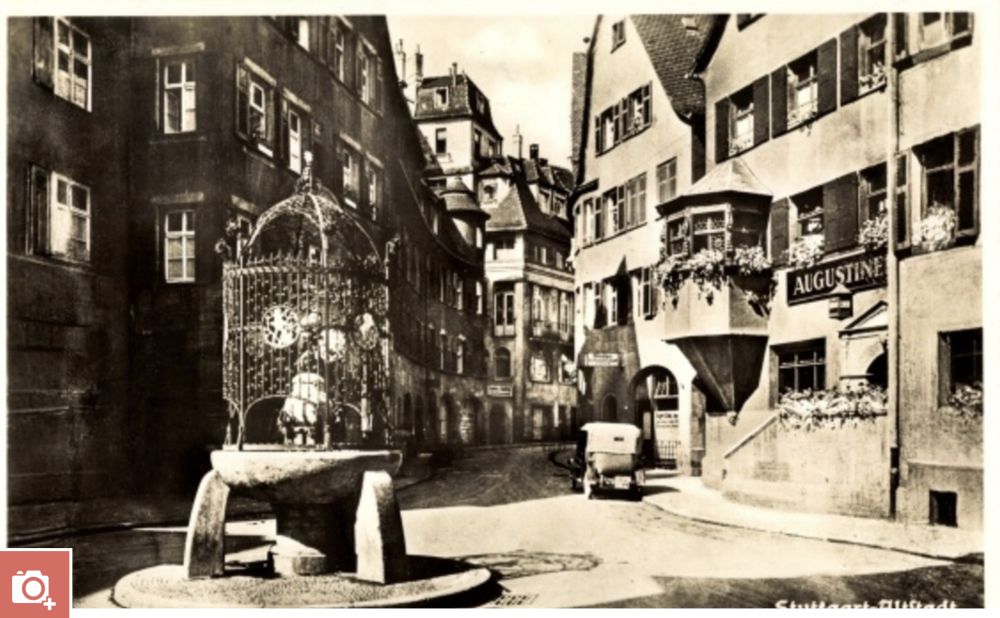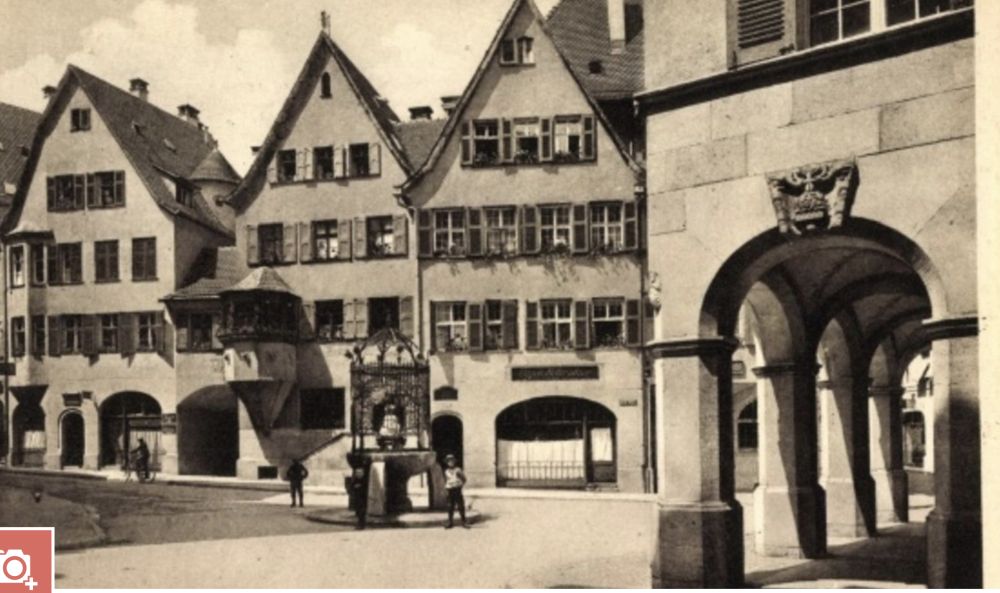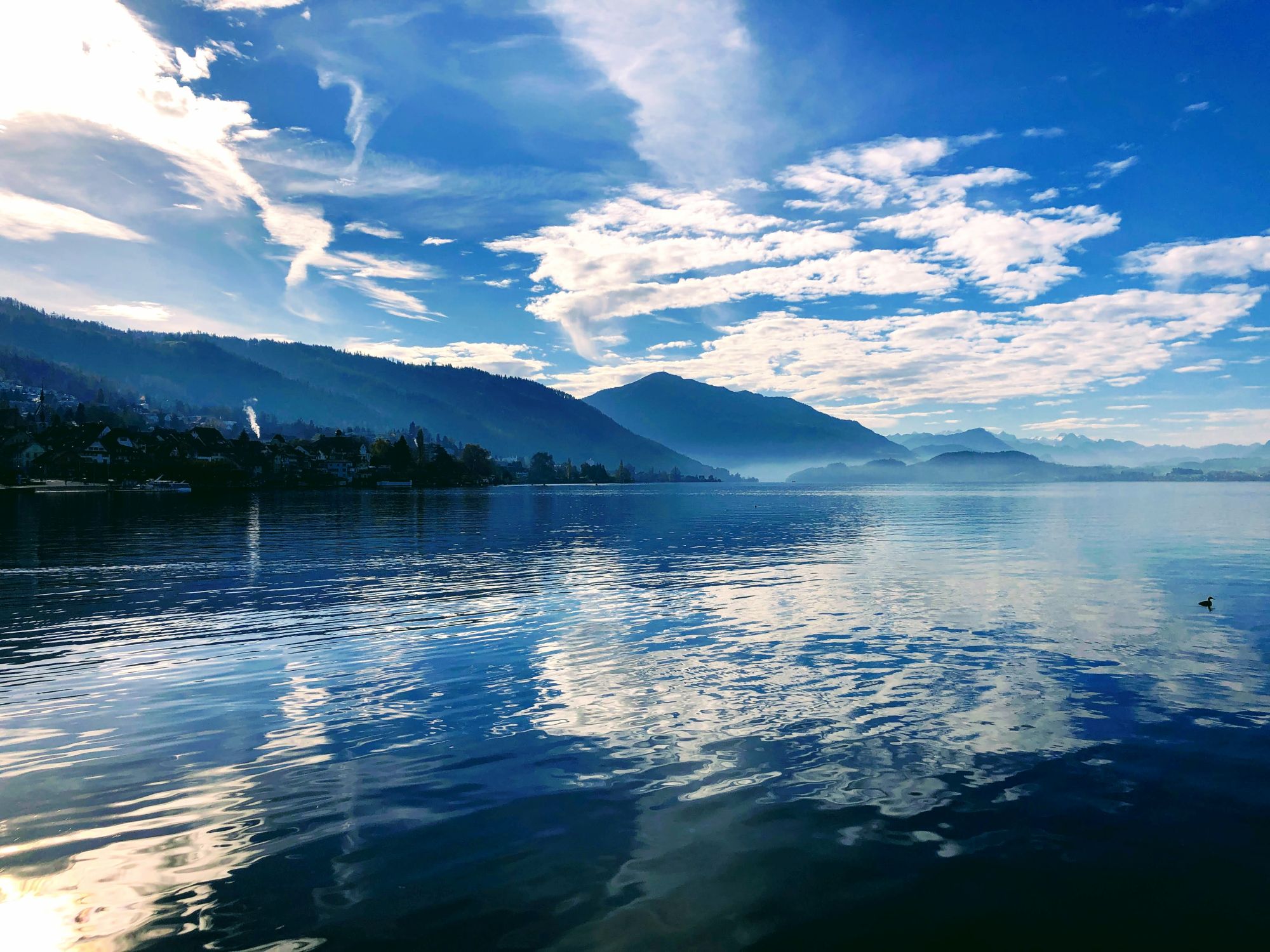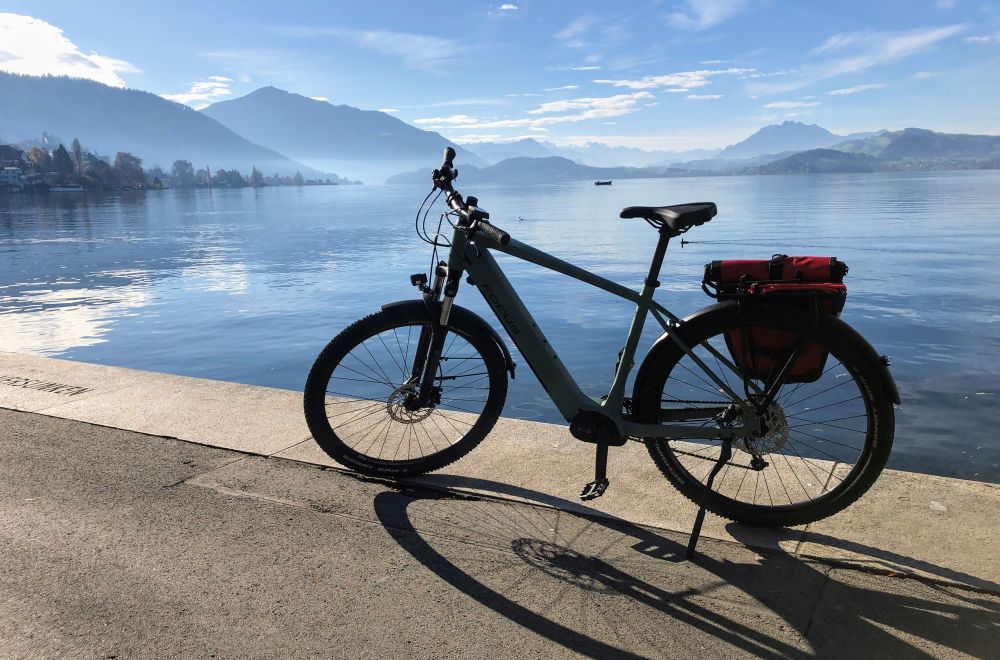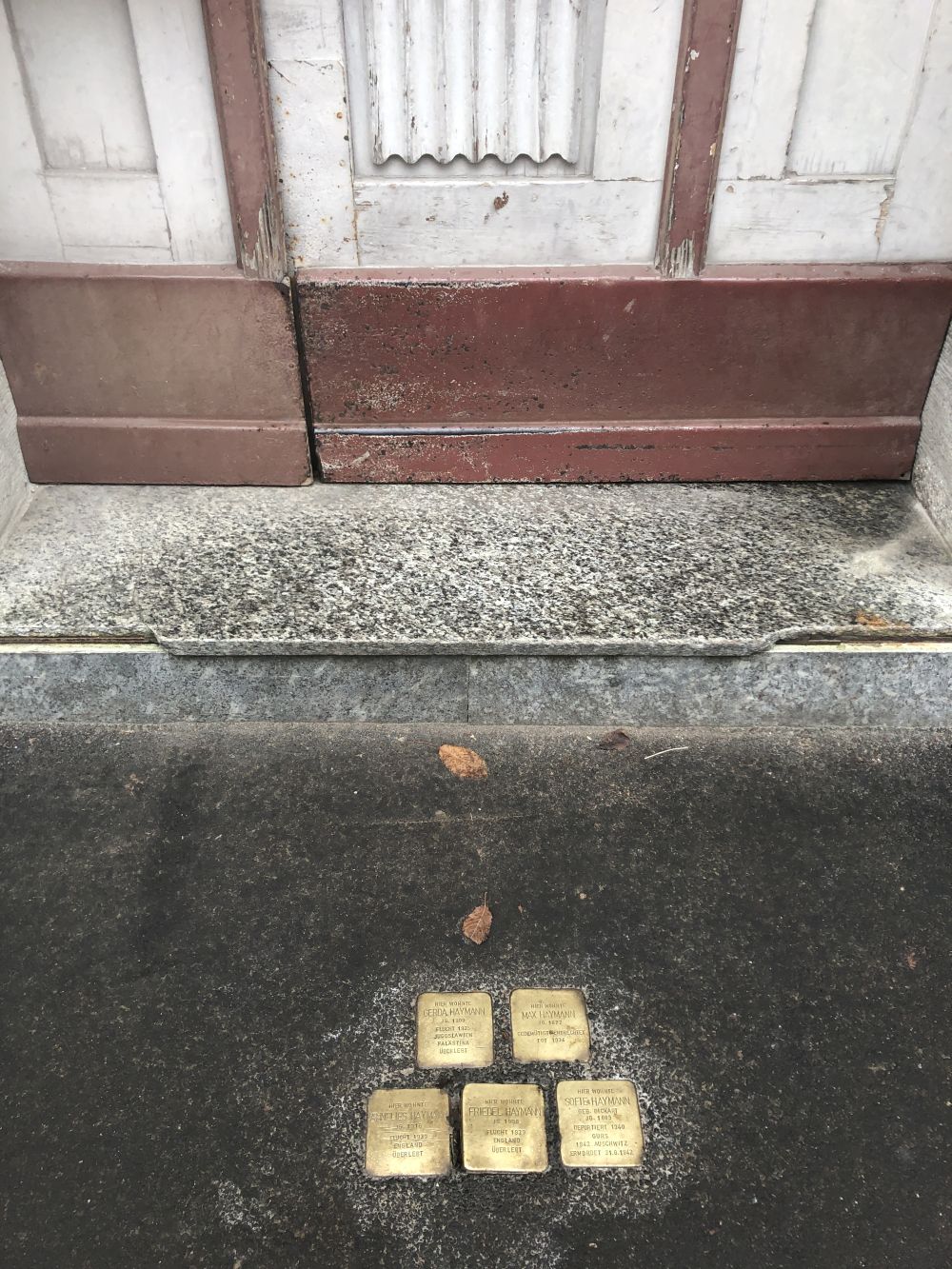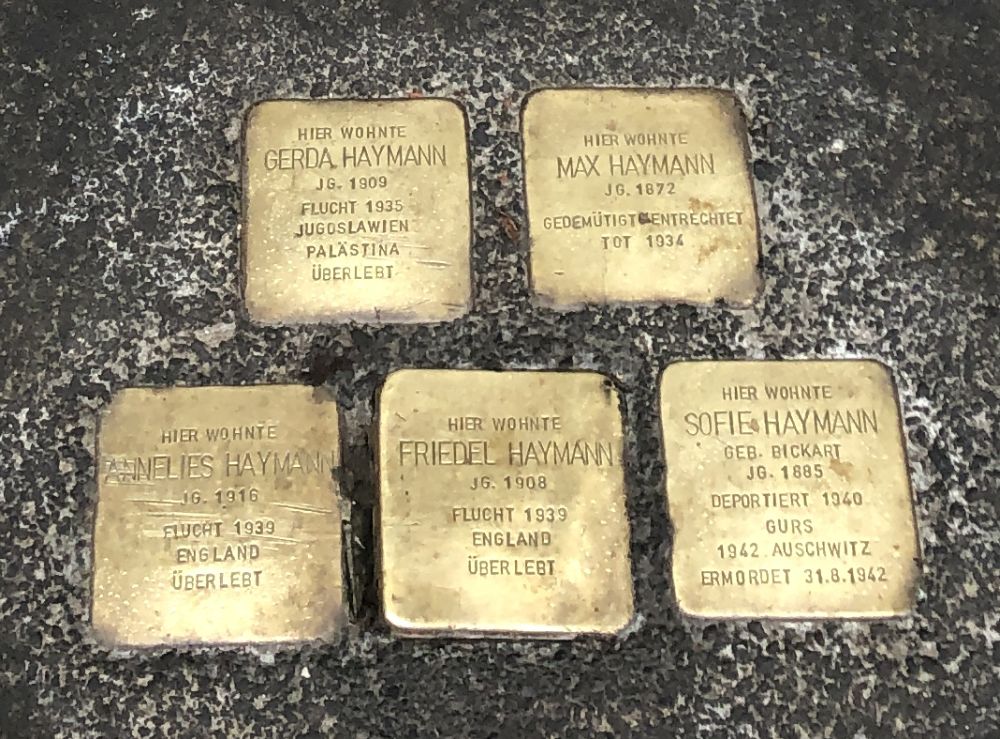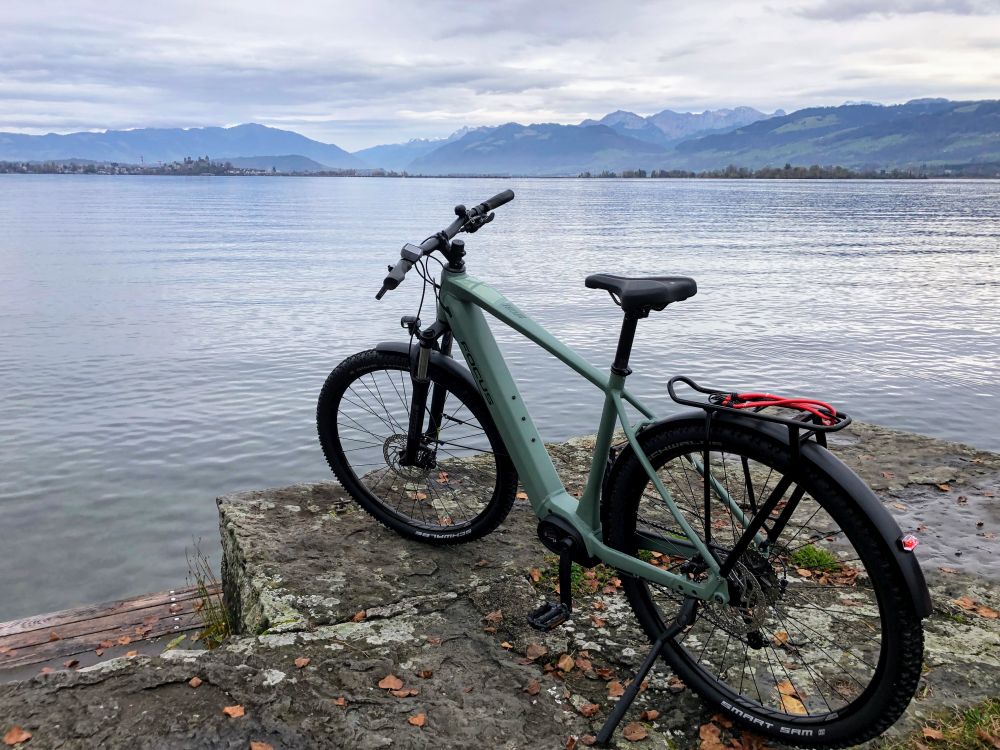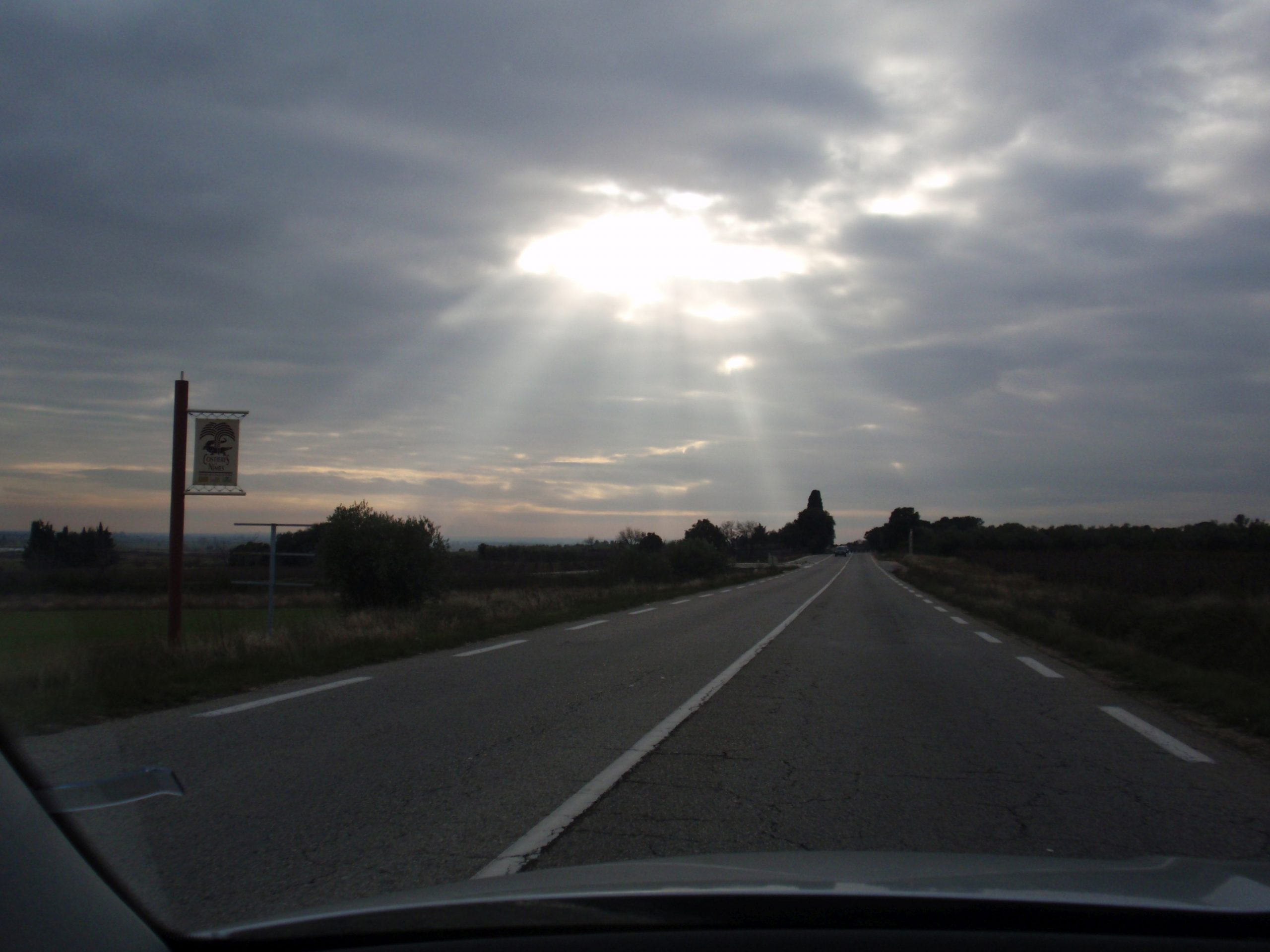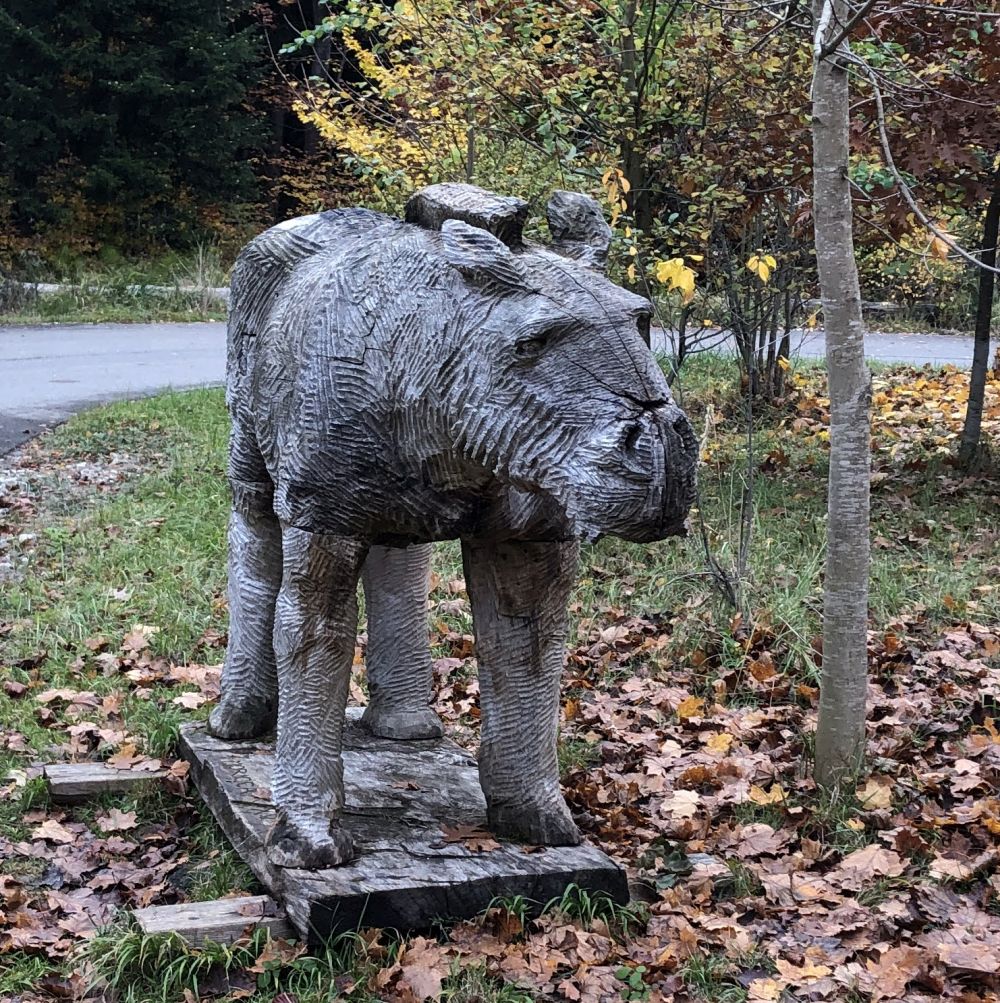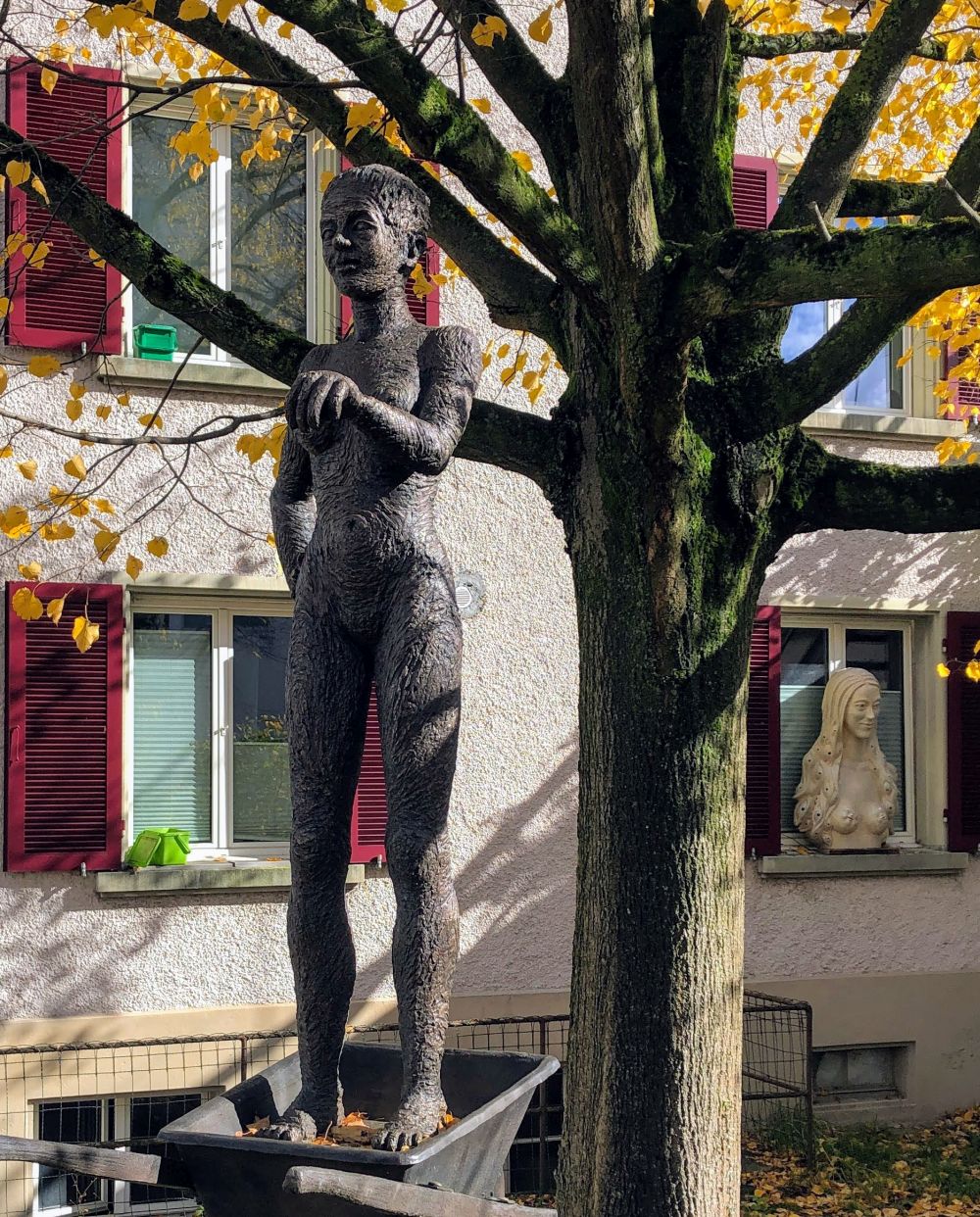As artistic a snap as I thought I could take of an excavator in front of a sheer cliff in Interlaken,
Month: December 2020
Rocket
I fired up my iPAD this morning and Google Photos showed me this snap, that I took at Cape Caniveral exactly 15 years ago to the day.
It makes me stop and think a bit: what happens when a hurricane hits? Are these pieces all brought indoors? Or, are that very securely fastened so there is little danger of them blowing away? Here’s an example of some hurricane damage I spotted during this trip, just a few miles away from Cape Canaveral,
It’s amazing that my brain is sometimes so slow as to think about important questions like this – in this case – 15 years too late!
The amazing, mind-blowing Étang de Montady
While scoping out the area near Béziers in the south of France on Google Maps, my eyes spotted this interesting thing:
Was this a special French signal to extraterrestrials? Was this perhaps a secret French nuclear installation? I had to check it out!
Well, as you can see from the snippet in Google Maps, not only can you check it out but in fact there is a small, one-lane farm road that lets you drive right through it! Here’s what I saw, rows and rows of drainage ditches:
Indeed, there were a series of drainage ditches – all filled with water – that were feeding radially into a center point. I spotted a nearby hill – at the top of which, coincidentally, is a Roman archeological site called L’Oppidum d’Énsérune, and from that place you can really see how huge this place is:
I discovered a bit more on Wikipedia. Turns out that this site dates back to the thirteenth century! Originally this land was a swamp, and they created this pattern in order to drain the swamp. I would have loved to walk into the center of the installation, but there were a number of “private property” signs – and, to be honest, I was a bit worried I might accidentally fall into some type of a sink hole, or perhaps into one of the “sixteen vertical shafts” that Wikipedia talks about – so I’ll leave that on my bucket list for a later date.
Winter Haze in Winterthur
Black Bean Soup
Forlorn tank in Kaysersberg
This snap is sad for a number of reasons. When I saw this tank, at this angle, in this light, looking longingly out into the fields where, in its youth, it was running about and shooting and deflecting bullets and driving over people, it somehow made me very sad. Not that these activities were good things; quite the opposite. But that this tank still had a wonderful condition but could not do what it was designed to do.
But now I am even more sad, because this is the Alsacian village of Kaysersberg where, just a few months later, the noted celebrity chef Anthony Bourdain took his own life.
Swiss village in the fall
Swiss crows prefer Swiss cheese
Since I’ve been spending more time at home due to the Covid pandemic, I’ve been experimenting with feeding my neighborhood crows.
I’ve tried everything.
They have almost no interest in foods that are pure carbohydrates, such as unsalted peanuts. But they like salted peanuts and scarf them up. It amazes me how they can somehow sense or smell the salt.
They will eat meat, cooked or raw, as well as chicken and fish, cooked or raw.
But there is nothing – NOTHING – that they prefer than their favorite snack: CHEESE.
I’m not quite sure why they like cheese so much, since milk products are not typical bird fare (birds have very small breasts so I assume their own milk is negligible).
I assume it is probably the combination of protein and fat, particular in the colder weather as it is now.
Long story short, I put out a bit of cheese, and crows come for miles to fight over it.
Bremgarten tree
Bridge over the River Reuss
OK, not exactly the Bridge over the River Kwai, which I captured in this snap here, but nevertheless I thought this made a nice shot. It was taken just outside of the historical medieval village of Bremgarten in Switzerland,
Historical weather station in Bremgarten
Continuing the series, here is an historical weather station I spotted just outside of the Altstadt in the medieval Swiss village of Bremgarten,
And here’s a closeup of the plaque,
Dead tree standing
Train text
Here’s a snap of a tanker wagon that I took at a railroad siding in Interlaken. I was amazed at how much writing was on the wagon – old symbols like stars that were probably innovations in their day, and modern messages like an email address. I am quite sure all this information is documented, but I am guessing it would be a Herculean effort in Google to find it all out.
Christmas Treeball at the Circle
Swiss Gulls on Lake Zug
Only the Tree Man remains . . .
Stuttgart Fountain: Then and Now
I took this snap of a very unusual fountain in Stuttgart:
And recently I came across a wonder iPhone app called “Then and Now” that shows historical photographs:
Now that I have the app, next time I’m in Stuttgart I’ll try to do a better job of capturing exactly this frame. Here’s another view:
The careful observer will definitely notice some changes. These are most likely explained due to bombing damage from WWII. In the top snap you’ll see the upper part of the building in the foreground is new.
Autumn on Lake Zug
Very, very odd jester
The Rhine Rider at Lake Zug
The historical name placques of Konstanz
I’ve written about a number items of Jewish historical interest in Switzerland, now here’s one from Germany. During WWII the Jewish population of the southern German city of Konstanz was mostly swept up in the holocaust. Today, as you walk around the residential area, you can spot things on the ground just outside of the doorfronts that look like this:
If you look closely, these are placques that bear the names of the Jewish residents that met their fate in WWII:
Lest you think these are all memorials to victim of the holocaust, some of these markers show that while, yes, they were victims, they did not all perish in the pogroms. Clockwise from top left, the translations read: fled to Yugoslavia 1935, survived; slandered and disenfranchised, died in 1934; fled to England 1939, survived; fled to England 1939, survived; deported to Auswitz, killed 1942. Since they all have the family name Haymann it is a further tragedy to see how this family unit was broken up in this way.
The Rhine Rider at Lake Zürich
Since 1997 I’ve followed the tradition of naming my vehicles.
In 1997 while studying physics and living in Urbana, Illinois, I bought a 1983 Oldsmobile for USD $200 from a good friend of mine, Andrei Botschkarov, at the time one of the top semi-conductor physicists in the world. (He was not personally a semi-conductor, but rather he did research on them). Anyway, it had a maximum speed of 40 mph, it turned itself off after 20 minutes, and the tires were so flat that the steel was mostly worn away. That car was classy – and there was no other approach than to give it a classy name: Urbana Cruiser. Sadly, I don’t have any photos.
There followed the Eiger Chopper, the Zurich Cruiser, the Euro Cruiser, and now the latest addition to my personal fleet: the Rhine Rider:
No, that’s not the Rhine. That’s Lake Zürich, also known as Zürisee.
